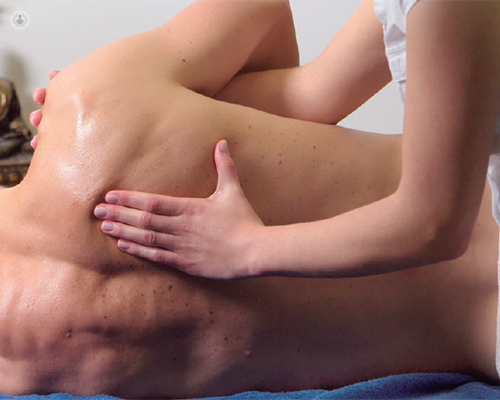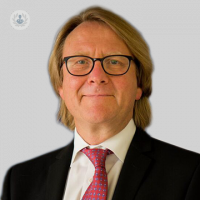Modern developments in spinal surgery - how a multi-disciplinary approach improves outcomes
Written by:In recent years, technological advances in spinal surgery have given surgeons more options when deciding on the best course of action.
In the past, the only option for many injuries and conditions would be open back surgery. This involves large incisions, the cutting of muscles and tissues, the use of general anaesthetic, and long recovery times often with little or no movement.
New surgical techniques can mean smaller incisions, and therefore smaller scars, reduced blood loss, and reduced hospital stays meaning less of a need to be on medication for long periods of time. New approaches have moved the traditional focus of excising the problem to one where restoring and preserving function are real options.

Here we run through some of the modern developments in spinal surgery:
Endoscopic and percutaneous spinal surgery
This involves incisions of less than half a centimetre and yet, in certain cases slipped discs can be removed so as to relieve sciatica and spinal fractures be fixed. True "surgery without knives". Day case surgery can be offered and general anaesthesia avoided.
Minimally invasive spine surgery
This surgical technique gives the patient improved function in addition to cosmetically better results from surgeries that would previously have led to long scars and longer recoveries.
With minimally invasive surgery, specialised instruments are used which only require a small incision, often referred to as spinal keyhole surgery. Due to the use of these tools, there is no need to move and cut muscles.
Some of the treatments that can be performed using minimally invasive spinal surgery include:
Micro-discectomy
When the soft tissue which acts as cushioning between the invertebral discs becomes compressed or herniated due to wear and tear, the herniated material can press on the surrounding nerves causing pain. A discectomy procedure can trim or remove the damaged part of the disc.
Spinal decompression
For patients suffering from spinal stenosis, (a narrowing of the spinal canal), the spinal nerves can become compressed causing pain and numbness in the limbs. It may be possible to remove the damaged bone and soft tissues using a minimally invasive approach.
Spinal fusion
The bottom portion of the spine can become damaged for a number of reasons. Damage can be caused by degenerative arthritis, scoliosis, spondylolisthesis or many other causes. In more severe cases it may be required to fuse the vertebrae together so there is no longer movement between them. This is done using screws and rods and some form of bone graft.
Restorative spine surgery
Reconstructive or restorative spinal surgery is a new approach to spinal surgery, where rather than fuse the vertebrae together, the aims are to treat the degenerate levels and discs without fusing them.
This may involve the use of artificial disc replacements, just as artificial joints are used in hip and knee surgery. However, in the spine, the technical challenges are much greater and consequently, this remains something of a frontier. That said the new generation of total disc replacements now replicate the physiology of a normal disc almost exactly whilst being many times stronger. They are so effective that our patients have been able to return to international duty in World Cup rugby, as well as world champion martial arts.
Why a multidisciplinary approach gives better outcomes for the patients
When a patient has a spine problem, there may be a number of different specialists that need to consult with the patient, depending on the condition. They may require a surgical or non-surgical approach and elaborate pain management may be a key element of recovery. They may have issues to do with osteoporosis and bone health or inflammatory arthritis requiring a blend of rheumatological medical and percutaneous surgery. Surgery may require a complex mix of neurosurgical and orthopaedic spinal surgery.
The usual approach is to be referred to each of these specialists separately, often in separate locations.
The Spine Surgery London provides a truly multi-disciplinary service, where the patient gets the service and treatment that they need, all under one roof.
With the use of a team of highly-skilled members, specialising in different areas such as spinal trauma, neurological and orthopaedic surgery, rheumatology, sports medicine, and pain management, the patient will always be the focus of the care, ensuring the best chance of recovery. All this is supported by a network of top-flight physical therapists representing all the relevant disciplines specialising in spinal care: physiotherapy, osteopathy, chiropractic, pilates etc.



